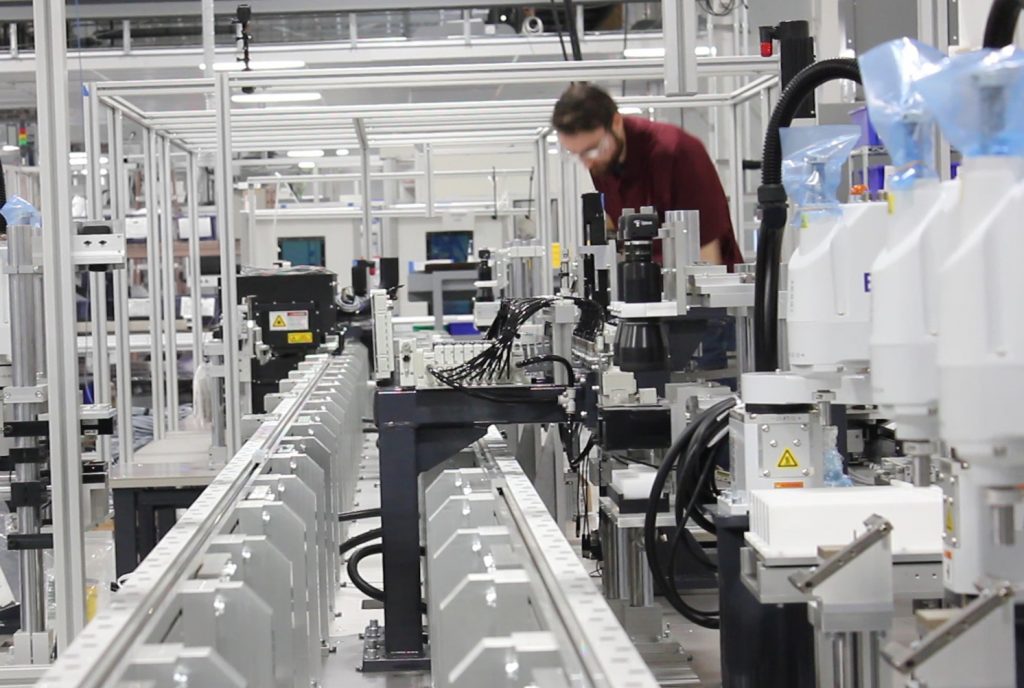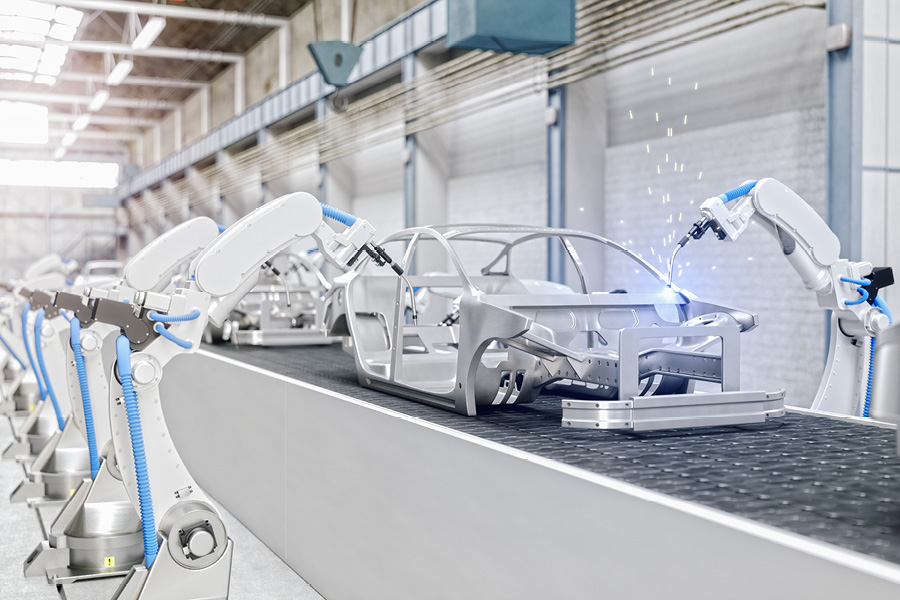Automation Industry Post-Pandemic
3 September, 2020 | COVID-19, Industrial, Industrial Manufacturing, Corona Virus, Industrial Engineering, Automation Systems, Post Pandemic

What Does the Automation Industry Look Like in A Post-Pandemic World?
The COVID-19 pandemic has touched every sector. Although a few, such as the digital streaming world, have reacted positively, most others have suffered. Plant closures, transitions to a work-from-home model, and costs related to disrupted supply lines are all making life a nightmare for many businesses.
As of now, there is no perfect solution to address the pandemic and there is no definitive end in sight. The future of business remains cloudy as companies learn how to adapt to an ever-changing landscape.
Despite the many unknowns, one thing is certain—automation is ready to boom. Companies were already embracing automation before COVID-19 strangled their operations. In a world where human employees create a higher degree of risk, automation becomes a far more attractive option. In the post-pandemic world, look for the use of automated systems to skyrocket across almost every sector.

Industrial Outlook
Many companies faced a reckoning early in the year when the impacts of the COVID-19 pandemic were first being felt. Leaders were left scrambling to find ways to keep their operations running amid government lockdown orders and widespread supply chain disruptions.
Understandably, that has prompted businesses to seek out better plans for the future. Although there are plenty of unknowns remaining in the near-term, it’s clear that companies will need to be able to handle a situation like this if and when it happens again.
One area that will feel the impact of this preparation is the manufacturing lines. In the early days of the pandemic, companies were forced to quickly alter their production lines to meet the needs of consumers. For instance, companies making toilet paper needed to transition from making large rolls for commercial buildings to making small rolls for individual consumers.
Automated machinery on the factory floor can help companies adapt to these changes far more quickly. In some cases, it’s possible to change a production line based on incoming data in a matter of hours or days—not weeks.
Meanwhile, automation will continue to play a role in areas where repetitive tasks are common. This trend was already developing prior to the start of the pandemic. Look for it to accelerate in the coming months and years.
The fact is, machines can’t catch a communicable disease. That means they can keep working even when human workers must stay home. For companies, that uptime is invaluable.
To be clear, this doesn’t mean that human workers will become irrelevant. In fact, the opposite is true. Rather than carrying out mundane tasks, human employees will need to be retrained to fill new positions. Skills like programming AI algorithms, operating automated machinery, and supervising automated workflows will be in high demand for the remainder of the decade.

Consumer-Facing Outlook
While automation is easy to envision in the industrial world, it is often less so in consumer-facing sectors. Customers typically rely on human employees to help them get through their day-to-day routines and errands.
However, due to the fallout of COVID-19, that reality is quickly changing. Companies are turning more frequently to automated solutions that allow them to avoid putting humans in harm’s way. Expect more robots, self-help solutions, and AI-enhanced assistants to be interacting with consumers in the future.
Mass Acceleration
In the long run, the COVID-19 pandemic will be like a blip on the radar. Eventually, doctors will discover a vaccine, then a viable treatment, and the world will start returning to normal. That being said, there are many lessons to be learned from a disaster of this scale.
The world will likely never go back to the state it was in pre-pandemic. In some ways, that’s probably for the best.
Expect the post-pandemic world to lean heavily towards automation. It is a perfect solution that counteracts many of the obstacles created by COVID-19. As companies start to adopt more automation within their business models, employees should look for ways to reskill in order to find better, higher-paying jobs. Meanwhile, companies that don’t hop on the automation trend will likely be left behind.










